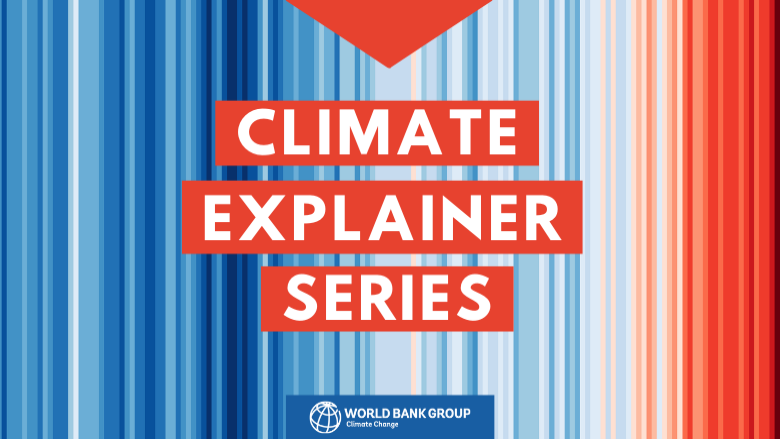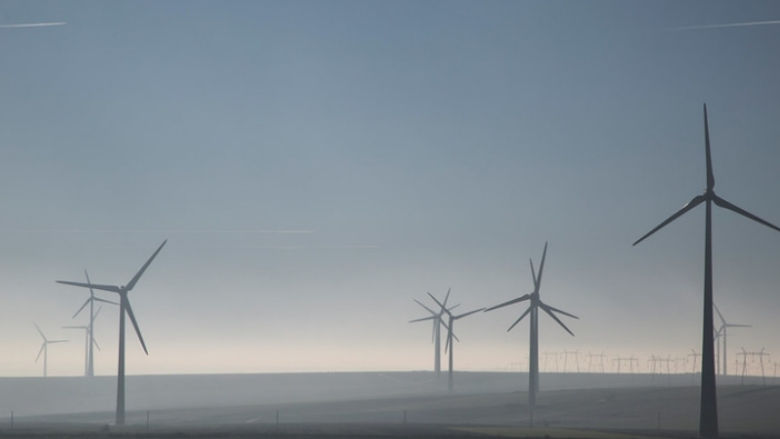Enhancing Development Finance Transparency
We are supporting efforts to end poverty on a livable planet, investing in stronger economies, energy access, and more resilient communities. In fiscal year 2024—which covers July 1, 2023 to June 30, 2024—the World Bank Group delivered a record $42.6 billion in climate finance.
In 2024, we partnered with other Multilateral Development Banks (MDBs) to launch a common approach for measuring climate outcomes in a more systematic way. This approach pivots from mostly measuring the volume of our climate finance (or climate co-benefits) to also measuring the results of our financing.
We are now enhancing our transparency measures further, in two key areas:
- First, in addition to the current practice of disclosing data on the climate co-benefits of our development finance (mitigation and adaptation) for each project, the World Bank will be disclosing sub-project level data. This enhanced transparency measure is effective from April 1, 2025.
- Second, the World Bank will also disclose data on the climate co-benefits of our development finance after the project completion, which could facilitate comparison between committed and financed amounts. This enhanced transparency measure will be effective for projects that close on July 1, 2025 and beyond.






